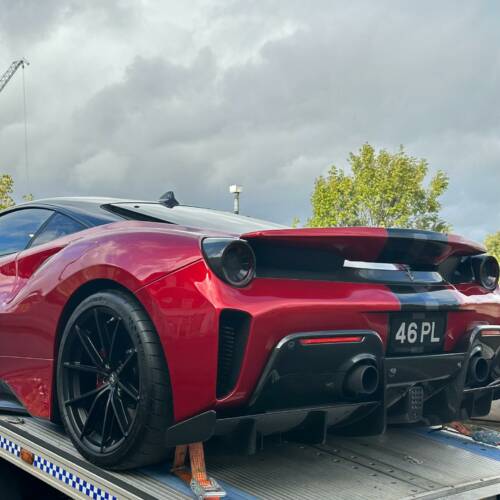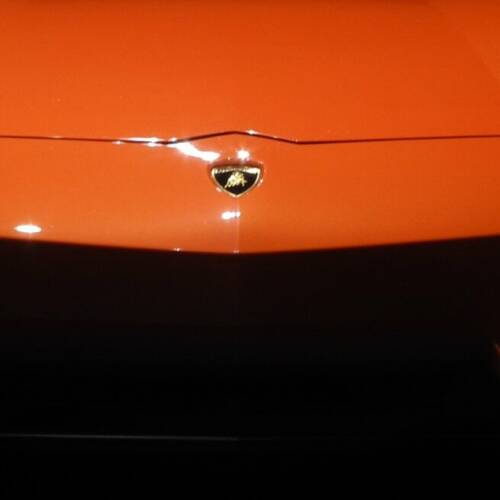
Journey of number plates over time
The Beginning of Journey
Number plates at the beginning of the 19th century began with a letter, or two, followed by a number within the range of 1 and 9999. This sequence represented an area code, pretty much like how a postcode works.
Representation
From our previous blog, you would know ‘A’ would represent London (the ‘A1’ number plate). Likewise, ‘B’ was for Lancashire, and ‘C’ for West Riding of Yorkshire. The number of letters in the alphabet would not be enough to individually represent an area, hence two letters became in use. ‘AA’ would represent Hampshire, and ‘AB’ would represent Worcestershire for example. The letters, ‘G’, ‘I’, ‘S’, ‘V’ and ‘Z’ were not used and left for Scotland and Ireland.
The Roads Act
Up until The Roads Act in 1920, it was possible for a motorcycle and a car from the same area, to have the same registration, this was because there was one register for motorcycles and another register for cars. The Roads Act 1920 ensured there was only one register for all vehicles. Also prior to this act, if a vehicle moved from one area to another, it would need to lose the old number plate and attain a new one. One can certainly imagine the frustration and the practical inconvenience of this task which thankfully, was amended by the Roads Act 1920.
Around 1930’s
Around the 1930’s the number plate scheme was not working, there was an influx of cars on road. The more cars meant the more number plates required. This led to the change, of giving number plates up to three letters and three numbers. The first number plate of this type was first issued in Staffordshire, July 1932, the ‘ARF 1’. This method however also did not last long.
Around 1950’s
In the 1950s, the reversed registration number plate scheme was introduced. The same issues which caused the change in the 1930s with increased vehicles on the road had forced this new scheme. One of the earliest examples of the reversed plate number was the ‘1000E’ in Staffordshire and the ‘1 AHX’ in Middlesex.
With the three-letter combination there were many possible outcomes to produce several words such as ‘GOD’, ‘JEW’, ‘ARS’. ‘BUM’, ‘SEX’, ‘SOD’, or even ‘DUW’ the Welsh term for God. All these words were banned and not authorized.
For 60 years, all number plates issued were dateless, that is there was no way to retrieve the year of issue, this lasted from 1903 up on till 1963. We will cover this in more detail in ‘Dateless, Suffix and Prefix Number Plates’.
In 1983, it was observed the letter ‘Q’ was being used widely and more frequently in number plates. This was once again due to the number of vehicles on road had increased to a level, where with the current number plate scheme it was difficult to keep up with the demand. Prior to this, the letter ‘Q’ was only used for temporary car imports.
Personalised number plates really became more popular in the late 90s. Many ‘unique’ numbers plates were created as people began to be more creative, for example ‘S1 MON’ and ‘W4 TER’.
At Reglocker, you can find affordable and customizable prefix number plates. We have done this research for you, so you come prepared and choose what best matches your interest. Even if you know nothing about how to differentiate between different types of formats and their perks, our team at Reglocker will guide you through the process making it seem harmless.



